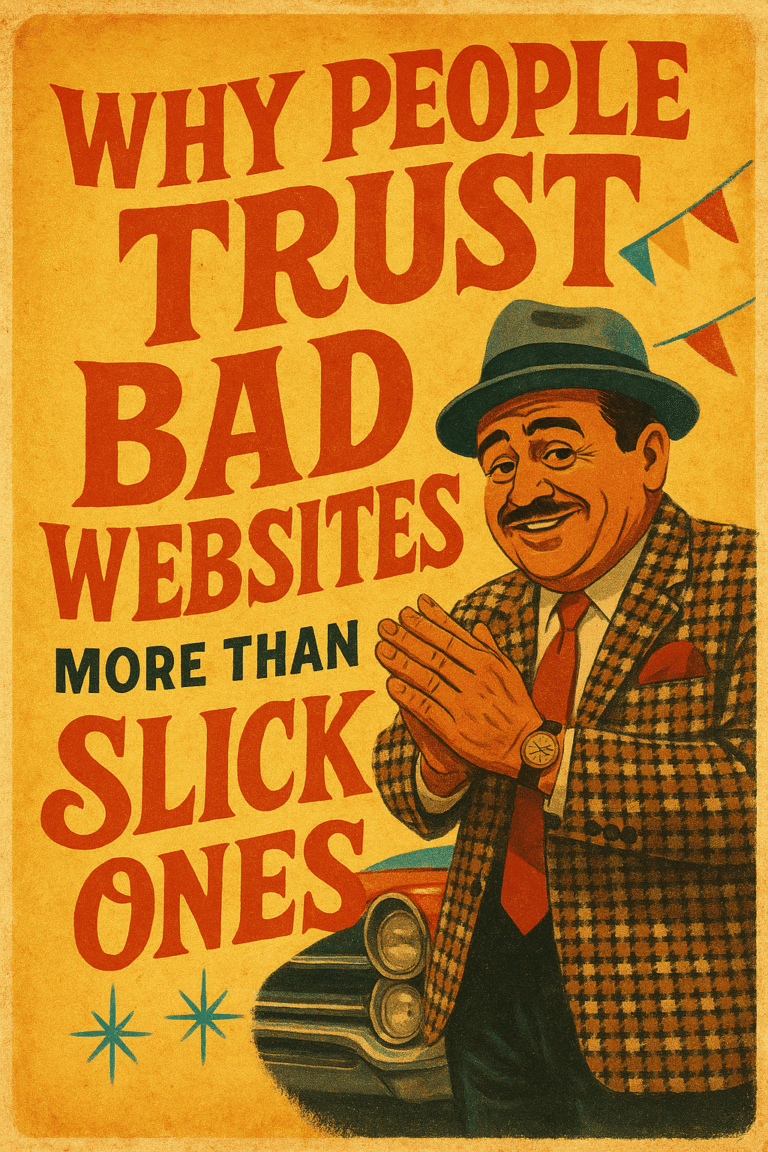Don’t get me wrong, WordPress has allowed non-programmers to manage their own websites in a landscape that previously gave developers all of the power.
But as with any software, it can be improved.
With the control and multitude of options that WordPress provides, it can also become time consuming just to find and organize the content on your website.
Real World Example
Out-of-the-box, WordPress comes with two different options for your content: Posts or Pages. Typically, you will create your blog posts as Posts, while your pages will become Pages.
But what happens when you have a multitude of content in another category? For instance: News Articles, Frequently Asked Questions, Job Listings?
Sure, you could list those along side your Pages or Posts, but after you’ve filled your website up with content, your WordPress backend can start to look chaotic. Imagine 150 Pages mixed with News Articles, Frequently Asked Questions and Job Postings. The amount of time just finding the content you’re looking for can become an obstacle to managing your website. Which starts to defeat the purpose of having your website on WordPress in the first place.
Imagine 150 Pages mixed with News Articles, Frequently Asked Questions and Job Postings. The amount of time just finding the content you’re looking for can become an obstacle to managing your website. Which starts to defeat the purpose of having your website on WordPress.
Below is a simple example that simulates the above scenario:

In the example, there aren’t many FAQ’s, but just imagine there are fifty along with hundreds of other pages listed.
Custom Post Types
How we help out clients alleviate this problem, is by organizing each of these unique pages (also called custom post types if you want to get technical) into their own separate area to be managed.
Below is a screenshot of a client’s WordPress backend that we developed:

As you can see, there are four new sections that separate content rather than just the default Pages and Posts. Now instead of filtering through all of the pages or posts to find the content they are looking for, the administrator can simply click the Custom Post Type of content that they are looking for and drill down from there.
We also create separate categories for each of these Custom Post Types, which also means a whole new breadth of power to be had. But I’ll leave that topic for another day.
Customize WordPress to Your Content
The most important thing to take away from this is that WordPress shouldn’t, and wasn’t meant to be, kept in it’s out-of-the-box settings. Just take a look at one of the 37,000 plugins in the WordPress plugin directory. WordPress should be custom tailored to your company to make managing content as easy as possible.
WordPress should be custom tailored to your company to make managing content as easy as possible.
Otherwise, why are you even using WordPress?





